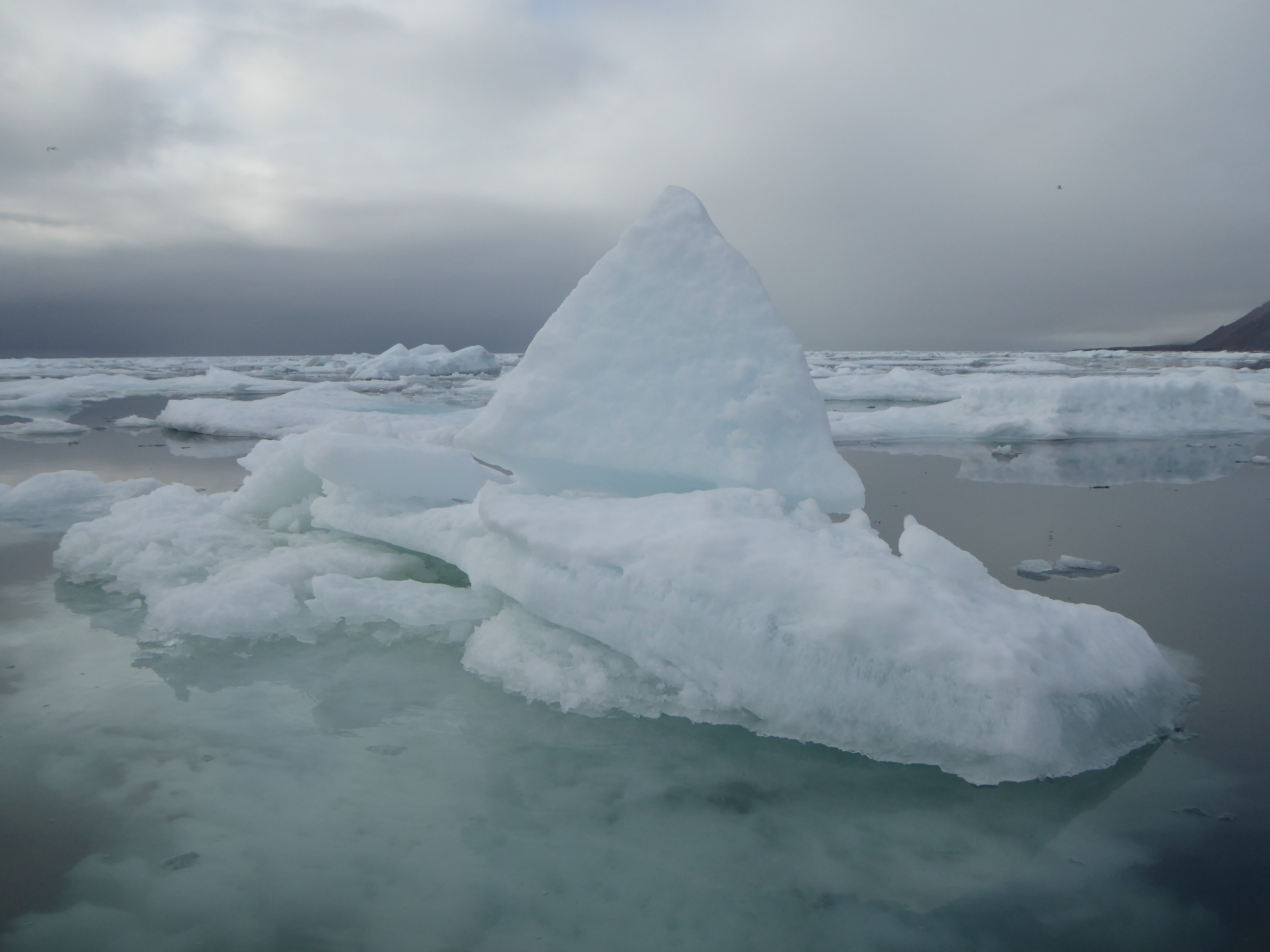
Sea ice edge state and forecasts are typically used for predicting ice cover and extent in polar regions for the benefit of shipping, navigation, maritime safety, and wildlife.
Studying the seascape conditions from a broad area of the Arctic, in waters typically up to 1,000 metres deep, experts from China and Germany modeled different approaches to simulating sea ice extent and the dynamics at the edge of the sea ice. They concluded that including information on sea surface temperature could improve forecasts of sea ice. They also concluded that significant improvements in sea ice forecasts to support the safety of marine operations in the Arctic may only be possible if ocean surface observations underneath sea ice could also be performed.
Key findings of the paper were:
You can read the full paper here.
This research was a collaboration was between: the National Marine Environmental Forecasting Centre, China; Alfred Wegener Institut, Helmholtz Zentrum für Polar‐und Meeresforschung, Germany; Sun Yat‐sen University, China; Chinese Academy of Sciences, China; Southern Laboratory of Ocean Science and Engineering, China; Hohai University, China; and Nanjing University of Information Science and Technology, China.
This research was supported by the MARIS project, a MOST funded project, that is a counterpart project of INTAROS in China.
23 July 2019